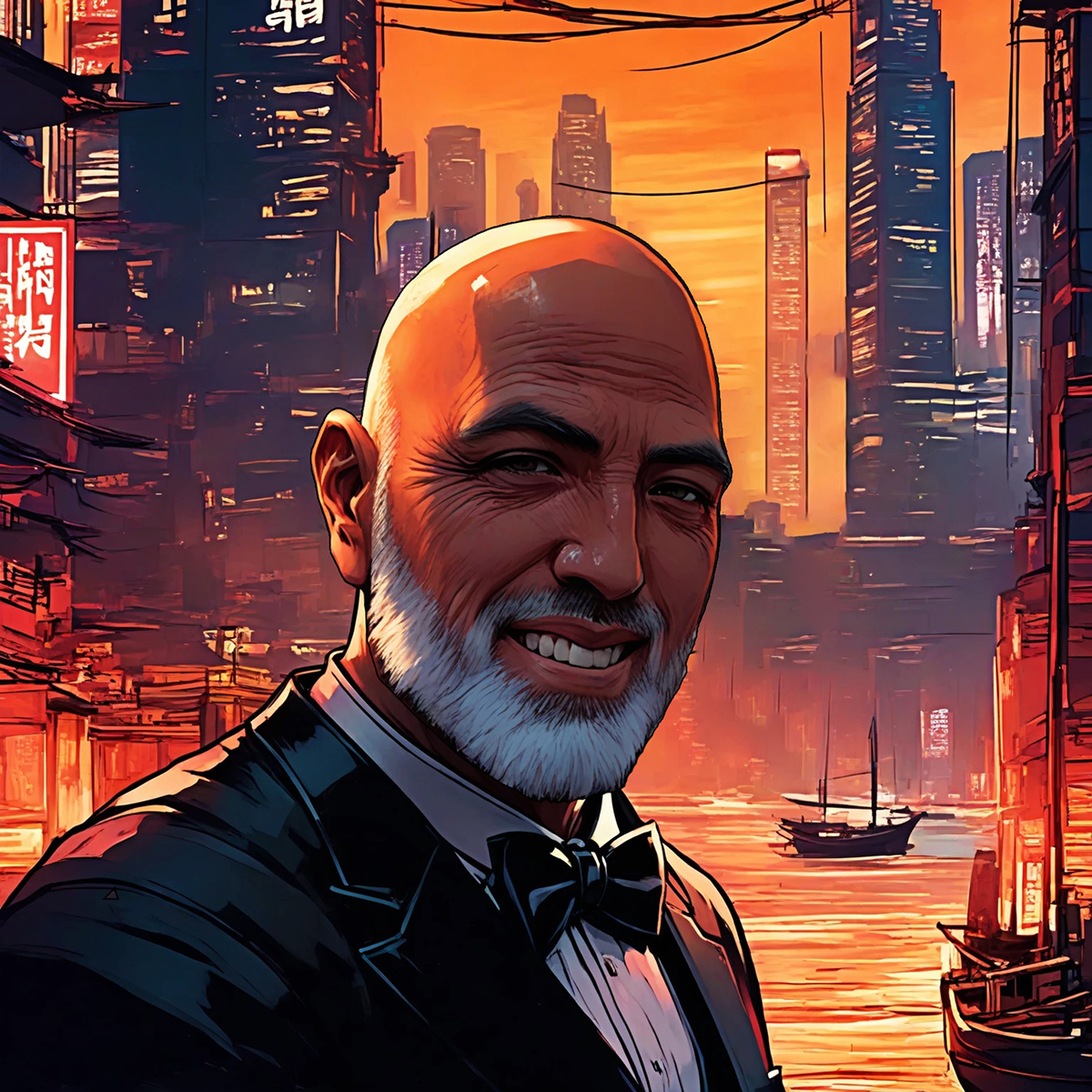Status: Active
Smacky Jones wasn’t born with that name. His real name was Salvatore Abdul Gianneli, a volatile mix of Italian and Lebanese heritage with a touch of Greek from his mother’s side. Born in the chaotic streets of Naples, he was raised in a world where crime and culture existed side by side. His father, Khalil Gianneli, ran a failing import-export business (which was mostly a cover for smuggling antiquities), and his mother, Sofia Romano, came from a long line of art restorers. This combination gave Smacky two things:, a talent for crime and a deep appreciation for art—especially the kind that could be faked. But Naples wasn’t a city for dreamers—it was a city for survivors. By fifteen, Smacky was already a street hustler, a pickpocket, and a small-time scam artist, working as a courier for local gangsters. But unlike the other errand boys, Smacky had a talent for deception, a flair for the dramatic, and a natural ability to punch someone in the face so fast they didn’t see it coming. That last skill earned him his nickname. Smacky wasn’t known for breaking bones—he was known for his signature slap, an open-palm strike so humiliating that even hardened criminals feared being on the receiving end. “A punch is just a fight,” he once said. “A smack is personal.” But it wasn’t his smack that got him into serious trouble—it was art.
The Art Forgery Hustle
Smacky didn’t just love art—he understood it. His mother’s family had spent generations restoring paintings in old Italian churches, and he had grown up surrounded by brushes, pigments, and the smell of linseed oil. By the time he was eighteen, he realized something: Forging a painting was a lot like forging a passport—it just paid a lot better. He started small: fake 18th-century sketches, copied Caravaggio-inspired still lifes, and even faux antiquities that he passed off as Etruscan artifacts. With his father’s old connections in the black market, he found buyers in Europe, Dubai, and Hong Kong—people who wanted “real” masterpieces but didn’t care too much about authenticity, then he got cocky. Smacky’s downfall in Italy came when he forged a “lost” Modigliani painting and tried to sell it to a notorious Russian oligarch in Milan. The deal was almost perfect—until the oligarch brought in an expert, who spotted the forgery instantly. Smacky barely made it out alive. Within a week, the Italian police were breathing down his neck, and the Russian mob was offering a bounty for his head. With no way out, Smacky did the only thing he could do: He ran. His father had a cousin in Hong Kong, an old-school smuggler who still moved goods through the South China Sea. The ticket was arranged, and within a week, Smacky landed in a city that made Naples look tame.
Life in Hong Kong – The Rise of Smacky Jones
In Hong Kong, Smacky reinvented himself. New name. New hustle. Same game. At first, he started at the bottom—collecting debts for the 332 Gang, running small cons in the neon-lit backstreets of Mong Kok, and learning just enough Cantonese to swear and negotiate. But his real breakthrough came when he walked into a mahjong parlor and smacked a British expat so hard that the entire room fell silent. The expat had refused to pay a gambling debt to the Black Fangs, a local gang that controlled the gambling circuit. Smacky, sensing an opportunity, didn’t wait for orders. He handled it himself. That slap changed everything. The Black Fangs liked style. They liked confidence. And they liked Smacky Jones. Within months, he became an enforcer, known not just for his fast hands but for his ability to spot a scam before it even started. That’s when he realized something: Hong Kong was the perfect place for an art forger. The city was flooded with millionaire collectors, corrupt officials, and secretive businessmen, all looking for status symbols that money couldn’t buy. And Smacky? He could create those symbols.
The Art of the Deal
With his connections in the 332 Gang, Smacky set up a full-scale forgery operation. He hired struggling art students from local universities to paint replicas of classic works. He bribed museum insiders to provide aged canvases and authentic-looking frames. He partnered with master counterfeiters who could forge provenance documents that fooled even experienced collectors. From fake Monets to “long-lost” Tang Dynasty scrolls, Smacky moved millions in counterfeit art, selling through auction houses, shady collectors, and international criminals who wanted something priceless—without caring how real it was. And if a deal ever went wrong? Well, that’s when Smacky Jones got to do what he did best.
The Scammer, The Smacker, The Legend
Today, Smacky is one of the most infamous underworld figures in Hong Kong. The triads respect him because he makes them rich. The art world fears him because he’s made fools of their best experts. Interpol wants him, but they can’t even figure out his real identity. He doesn’t just fake art—he fakes entire histories, rewriting provenance records, planting false rumors about lost masterpieces, and making collectors beg to pay millions for something that never existed. But Smacky knows his luck won’t last forever. One day, he’s going to slap the wrong person. One day, someone’s going to find out that their $10 million Da Vinci sketch was painted last Tuesday by a kid named Kevin from Kowloon. Until then? Smacky Jones keeps painting the lies, printing the money, and slapping his way to the top.

